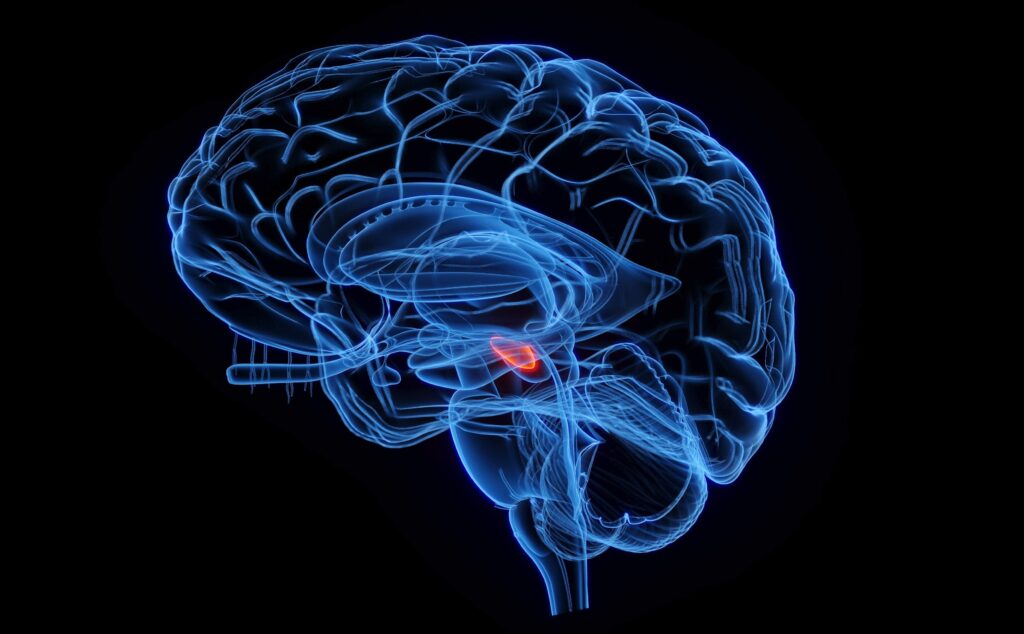The historical model of breakthrough medical device and pharmaceutical development is built on the findings of foundational research. An example is the advent of nano-pore sized materials for bone regeneration based on the research into the mechanics of bone growth. I’ve reviewed hundreds of peer-reviewed journal articles reporting on pre- and post-market clinical investigations to support clinical evaluations for our clients, so it’s exciting to see a study that reports on foundational research using real-world data from devices already on the market.
A global team of researchers recently published the results of their work with deep brain stimulation (DBS) to map the domains in the frontal cortex of the brain that are responsible for movement disorders. These disorders included Parkinson’s disease, dystonia and Tourette’s syndrome, as well as obsessive-compulsive disorder. First used over 40 years ago as a therapeutic treatment for these conditions, DBS is performed by implanting electrodes in specific areas in the brain, which are then connected to a pulse generator. The high-frequency energy delivered by the electrodes works as a functional lesion, similar in concept to tissue ablation, to impact the dysfunctional networks causing the movement disorders.
The DBS treatments studied by Hollunder et al. all targeted the subthalamic nucleus (STN), which serves as a node that connects the circuits involved in all of the disorders that were being treated. The STN is small – about the volume of a 3mm diameter bead. But by retrospectively analyzing the final location of DBS electrodes placed in the STN against symptom improvements, the researchers were able to map the locations within the STN where the circuitry from the frontal cortex associated with each individual disorder was connected. This research illustrates that using DBS to immediately improve patient symptoms can also provide insight into how regions of the brain connected to the stimulation site are also affected (i.e., the “connectome”). So… real world, post-market data used for foundational research – very cool.

